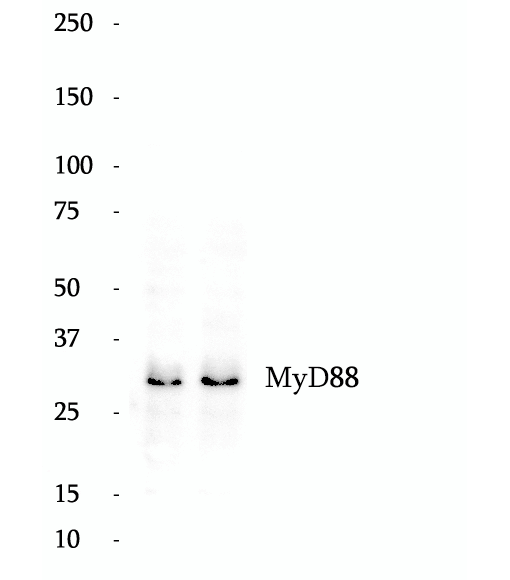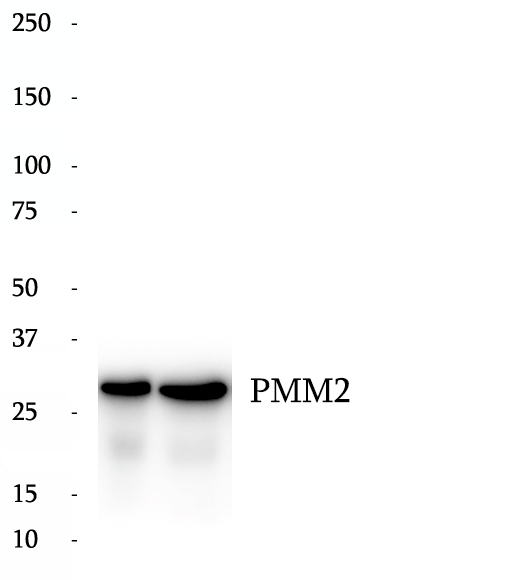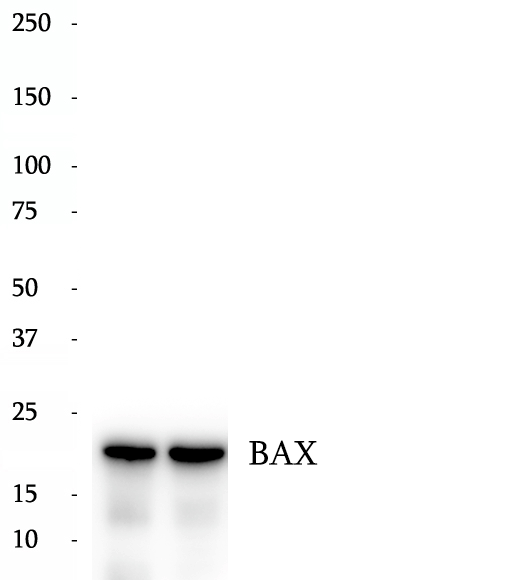|
BP60329
|
Anti-ASIC2 antibody
|
|
|
|
|
ASIC2 (acid-sensing ion channel 2), also known as ACCN1 (amiloride-sensitive cation channel 1, neuronal), is a member of the degenerin/epithelial sodium channel (DEG/ENaC) superfamily. ASIC2 is widely expressed in the central nervous system (CNS), may playing a role in neurotransmission. It has two alternatively spliced variants, ASIC2a and ASIC2b.
|
|
BP61284
|
Anti-DDX41 antibody
|
|
|
|
|
DDX41, also named as DEAD box protein abstrakt homolog, is a 622 amino acid protein, which isa probable ATP-dependent RNA helicase. DDX41 is required during post-transcriptional gene expression.and may be involved in pre-mRNA splicing.
|
|
BP62502
|
Anti-KIF22 antibody
|
|
|
|
|
KIF22, also known as KID (kinesin-like DNA-binding protein), is a kinesin-like DNA-binding protein known to be involved in chromosome movement during mitosis. KIF22 is a nuclear protein regulated by SIAH-1, whose level fluctuate in a cell cycle-dependent manner, increasing during pre-mitotic phases and greatly decreasing during mitosis. KIF22 localizes to the nucleus of the interphase cells upon entry into mitosis and displays some punctate cytoplasmic staining. Defects in KIF22 are the cause of spondyloepimetaphyseal dysplasia with joint laxity, type 2 (SEMDJL2).
|
|
BP65260
|
Anti-VPS33A antibody
|
|
|
|
|
VPS33A is a Sec1/Munc18 family member and is a component of the homotypic fusion and protein sorting (HOPS)-tethering complex. The mammalian HOPS complex comprises six subunits (VPS11, VPS16, VPS18, VPS33A, VPS39, and VPS41). This complex is required for late endosome-lysosome and autophagosome-lysosome fusion. VPS33A plays a role in vesicular transport to the lysosomal compartment.
|
|
BP63617
|
Anti-Phospho-PLK1 (Ser326) antibody
|
|
|
|
|
PLK1, also named as PLK and STPK13, belongs to the protein kinase superfamily, Ser/Thr protein kinase family and CDC5/Polo subfamily. PLK1 is a Serine/threonine-protein kinase that performs several important functions throughout M phase of the cell cycle, including the regulation of centrosome maturation and spindle assembly, the removal of cohesins from chromosome arms, the inactivation of APC/C inhibitors, and the regulation of mitotic exit and cytokinesis. The antibody is specific to Ser (326)-phospho.
|
|
BP60503
|
Anti-BRAF antibody
|
|
|
|
|
B-Raf proto-oncogene serine/threonine kinase (BRAF), is a protein belonging to the raf/mil family of serine/threonine protein kinases. BRAF plays a role in regulating the MAP kinase/ERKs signaling pathway, which affects cell division, differentiation, and secretion. BRAF is associated with cardiofaciocutaneous syndrome, a disease characterized by heart defects, mental retardation and a distinctive facial appearance. BRAF is also associated with various cancers, including non-Hodgkin lymphoma, colorectal cancer, malignant melanoma, thyroid carcinoma, non-small cell lung carcinoma, and adenocarcinoma of lung. BRAF plays a role in the PD-1/PDL-1 pathway. In some cancers, BRAF is activated by rearrangements that fuse its kinase domain to 5' partner genes and then has different molecular weights. BRAF has several isoforms, the calculated molecular weight ofBRAF is 84 kDa, but the observed molecular weight is about 65 kDa (isoform).
|
|
BP63604
|
Anti-Phospho-P62, SQSTM1 (Ser349) antibody
|
|
|
|
|
Sequestosome 1 (SQSTM1/p62) is a multifunctional adaptor protein implicated in selective autophagy, cell signaling pathways, and tumorigenesis. It functions as a bridge between polyubiquitinated cargo and autophagosomes. SQSTM1 is at the cross-roads of several signaling pathways including Keap1-Nrf2 pathway, NFκB pathway, NFE2L2/NRF2 pathway, mTOR pathway and Wnt pathway. Phosphorylation and/or de-phosphorylation of p62-Ser349 may participate in the regulation of both selective autophagy and oxidative stress response.
|
|
BP64601
|
Anti-SPPL2A antibody
|
|
|
|
|
SPPL2A (Signal peptide peptidase-like 2A) is also named as IMP3 (Intramembrane protease 3), PSL2 (Presenilin-like protein 2) and belongs to the peptidase A22B family. It is an aspartyl intramembrane protease, has been implicated in the proteolysis of TNF-alpha, Fas Ligand and Bri2 and endogenous signal-peptide-peptidase-like2A (SPPL2a) is localised in lysosomes/late endosomes. This protein has a signal peptide with 25 amino acid and seven glycosylation sites.
|
|
BP60923
|
Anti-CHRNA5 antibody
|
|
|
|
|
Nicotinic acetylcholine receptors (nAChRs), such as CHRNA5, are members of a superfamily of ligand-gated ion channels that mediate fast signal transmission at synapses. The nAChRs are thought to be (hetero)pentamers composed of homologous subunits. Variants in the CHRNA5 gene are associated with nicotine dependence and lung cancer risk.
|
|
BP63603
|
Anti-Phospho-P53 (Ser46) antibody
|
|
|
|
|
The p53 tumor suppressor protein plays a major role in cellular response to DNA damage and other genomic aberrations. Activation of p53 can lead to either cell cycle arrest and DNA repair or apoptosis. Phosphorylation of p53 at Ser46 regulates the ability of p53 to induce apoptosis. Homeodomain-interacting protein kinase 2 (HIPK2) Phosphorylates Ser46 off p53 and p38 can phosphorylate this site.
|
|
BP62552
|
Anti-Kv1.3 antibody
|
|
|
|
|
Kv1.3 ( also known as KCNA3, MK3, HGK5, HLK3, PCN3, HPCN3) contains six membrane-spanning domains with a shaker-type repeat in the fourth segment. It belongs to the delayed rectifier class, members of which allow nerve cells to efficiently repolarize following an action potential. It plays an essential role in T cell proliferation and activation. Kv1.3 channels are expressed in in various tissues and cell types including brain, vascular smooth muscle cells and leucocytes. Malfunction of Kv1.3 can alter the immune response, elicit neurotoxic effects or impact on cancer growth: A longer isoform (70 KDa) and a truncated isoform (43 KDa).
|
|
BP63577
|
Anti-Phospho-GSK3B (Ser9) antibody
|
|
|
|
|
Glycogen synthase kinase 3s are serine/threonine kinases that were originally identified as key regulatory enzymes in glucose metabolism. There are two isoforms, GSK3α and GSK3β, encoded by separate genes, which are overall 85% homologous to each other, with 95% identity in the kinase domains. To date, phosphorylation at Ser9 by Akt is the best-characterized mechanism for the inhibition of GSK3β activity. GSK3β is phosphorylated at S389 in vivo by p38 MAPK and that this alternative regulatory mechanism of GSK3β is tissue-specific.
|
|
BP61788
|
Anti-FOXQ1 antibody
|
|
|
|
|
Forkhead box Q1 (FOXQ1, also known as HFH1), a member of the FOX gene family, contains the core DNA binding domain, whereas the flanking wings of FOXQ1 contribute to its sequence specificity. FOXQ1 is known to repress the promoter activity of smooth muscle-specific genes, such as telokin and SM22α. FOXQ1 expression is regulated by Hoxa1 in embryonic stem cells. As a transcription factor, FOXQ1 represses the promoter activity of smooth muscle-specific genes, such as telokin and SM22α, in A10 vascular muscle cells.
|
|
BP63592
|
Anti-Phospho-MEK1 (Thr286) antibody
|
|
|
|
|
MAP2K1 encodes MAPK1, also known as MEK1. MEK1 variants can enhance MEK1 expression and ERK1 phosphorylation that together lead to continuous activation of MEK/ERK signaling pathway. MEK1 bind directly to ERK2 through a region in the N terminus of MEK. In addition, a proline-rich (PR) regulatory sequence in MEK is also involved in MEK-ERK association and signal propagation. The coupling between MEK1 and ERK2 is enhanced through phosphorylation on S298 in the MEK1 PR region, whereas phosphorylation on MEK1 T292 releases the complex. MEK1 enzymatic activity is regulated by site-specific phosphorylation that can be activated with phosphorylation of Ser217/Ser221 by Raf kinase or suppressed by phosphorylation of Thr286 and Thr292 by CDK1 and CDK5 or Thr292 and Thr386 by ERK1/2.
|
|
BP63600
|
Anti-Phospho-p38 MAPK (Thr180/Tyr182) antibody
|
|
|
|
|
A stress-activated serine/threonine protein kinase, p38 mitogen-activated protein kinase (p38 MAPK), belongs to the MAP kinase superfamily. Diverse extracellular stimuli, including ultraviolet light, irradiation, heat shock, high osmotic stress, proinflammatory cytokines and certain mitogens, trigger a stress-regulated protein kinase cascade culminating in activation of p38 MAPK through phosphorylation on a TGY motif within the kinase activation loop. The p38 MAPK undergoes dual phosphorylation at Thr182 and Tyr180 in the Thr-Gly-Tyr activation loop by MAP kinase kinase 6 (MKK6). Upon activation, p38 MAPK phosphorylates multiple substrates, including MAPK activated protein kinase 2 (MAPKAPK2) and activating transcription factor 2 (ATF-2).
|
|
BP63566
|
Anti-Phospho-CREB1 (Ser133) antibody
|
|
|
|
|
The cAMP-response element binding protein (CREB) is localized in the nucleus and acts as a transcription factor, which binds to the cAMP response element (CRE) of the promoters of its target genes, upon phosphorylation at Ser133 by different receptor-activated protein kinases, such as protein kinase A (PKA), calmodulin-dependent protein kinase (CaMK), mitogen-activated protein kinases (MAPK), and other kinases. The activity of CREB1 in neurons has been correlated with various intracellular processes, including proliferation, differentiation, survival, long-term synaptic potentiation, neurogenesis, and neuronal plasticity. CREB1 belongs to the CREB/activating transcription factor (ATF) family of transcription factors. The antibody also detects the phosphorylated form of the CREB-related protein ATF1.
|
|
BP62988
|
Anti-MYD88 antibody
|
|
|
|
|
Myeloid differentiation primary response protein 88 (MyD88) is a ubiquitously expressed cytoplasmic adaptor protein that plays a central role in the Toll-like receptor (TLR) and interleukin-1 receptor (IL-1R) signaling pathways. TLR/IL-1R pathways regulate the proliferation and differentiation of cells involved in the innate and adaptive immunity.
|
|
BP60464
|
Anti-BDNF antibody
|
|
|
|
|
BDNF (brain-derived neurotrophic factor) is a small secreted growth factor that is important for the development and plasticity of the central nervous system and vital for long-term memory. Selected polymorphisms of BDNF have been shown to increase susceptibility to memory impairment and selected eating and mental disorders.2) FAQs for BDNFA) I can detect more than one band in my samplesBDNF is a neurotrophin that is a subject of maturation by proteolytic cleavage. The precursor protein (pre-proBDNF) is first cleaved to proBDNF (~34 kDa) by removing a signal peptide, and then to a mature form of BDNF (14 kDa). Additionally, (pre-)proBDNF can form dimers that run between 50 and 60 kDa, and a minor truncated form of proBDNF running at 28 kDa has also been reported.
|
|
BP63730
|
Anti-PMM2 antibody
|
|
|
|
|
PMM2 (Phosphomannomutase 2) belongs to the eukaryotic PMM family. It is involved in the synthesis of the GDP-mannose and dolichol-phosphate-mannose required for a number of critical mannosyl transfer reactions. PMM2 catalyzes the second step in the conversion of fructose-6P to GDP-mannose.
|
|
BP60435
|
Anti-BAX antibody
|
|
|
|
|
BAX (also known as BCL2 Associated X, Bcl-2-Like Protein 4, Bcl2-L-4, BCL2L4) is a member of the BCL2 family of proteins that play a key role in the regulation of apoptosis in higher eukaryotes. BAX comprises 4 Bcl-2 homology domains (BH1-BH4) and a C-terminal transmembrane domain. In healthy mammalian cells, BAX is localized to the cytoplasm through its interaction with the anti-apoptotic BL-2 family members BCL2L1/Bcl-xL. In response to apoptotic stimuli, however, BAX undergoes a conformational change that causes it to translocate to the outer mitochondrial membrane where it initiates the mitochondrial pathway of apoptosis via two potential mechanisms.
|
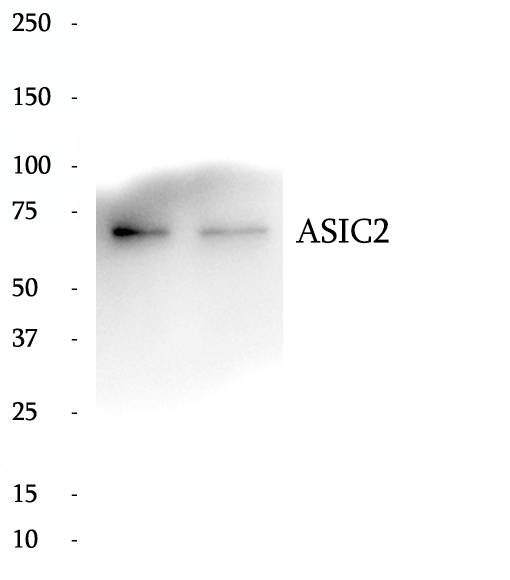
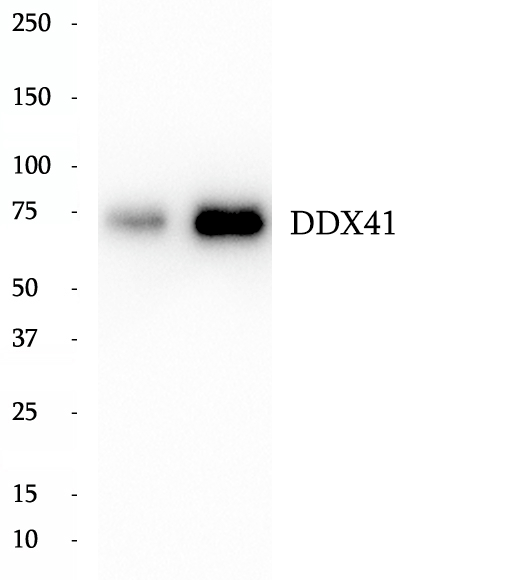
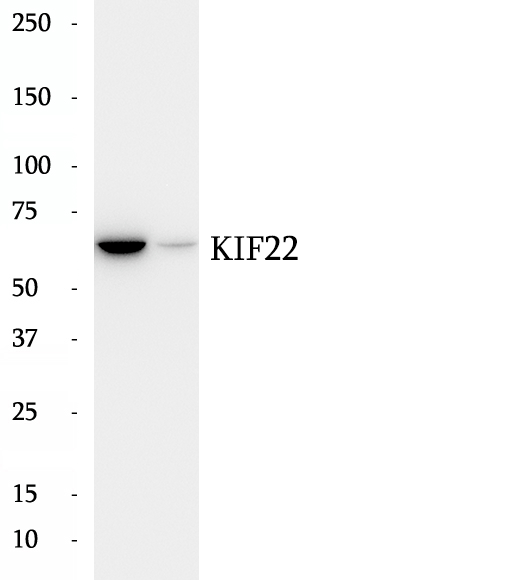

 antibody.gif)
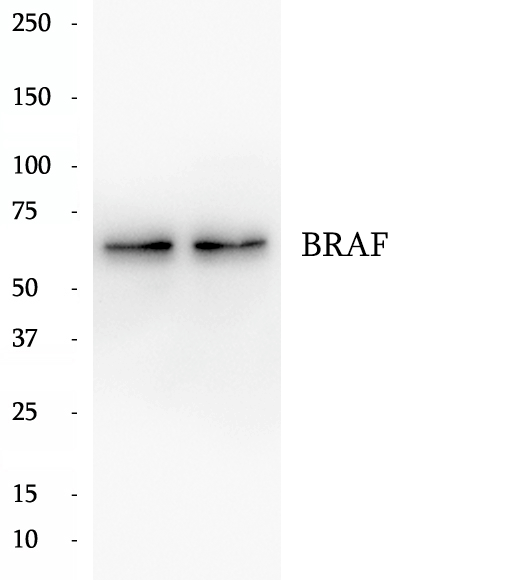
 antibody.gif)
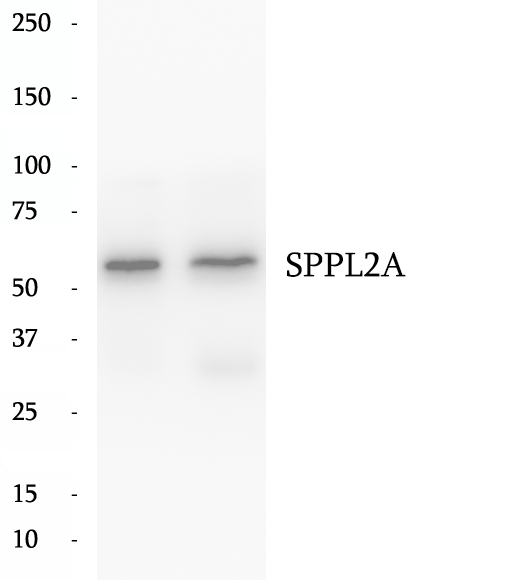
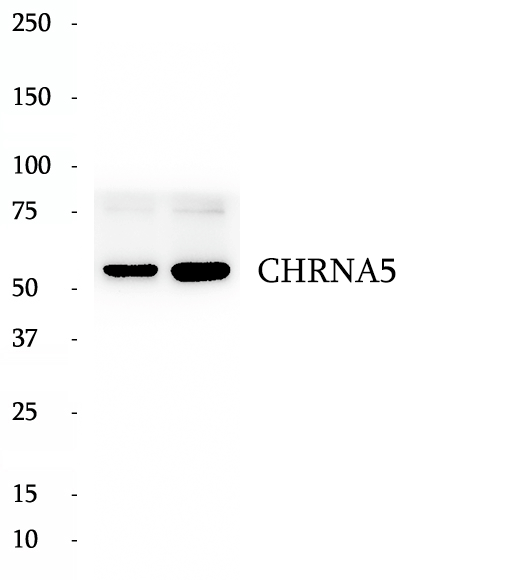
 antibody.gif)
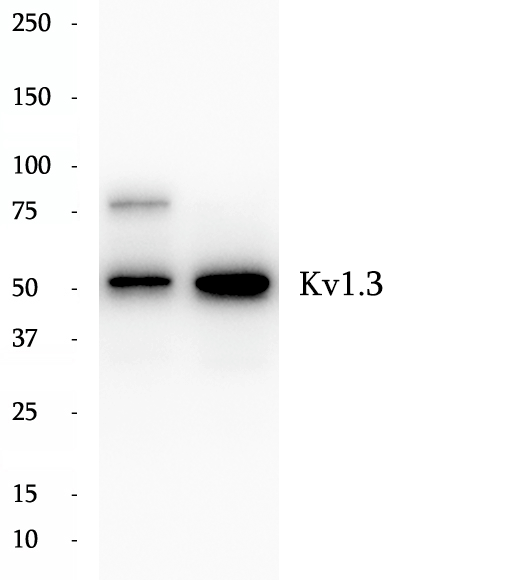
 antibody.gif)
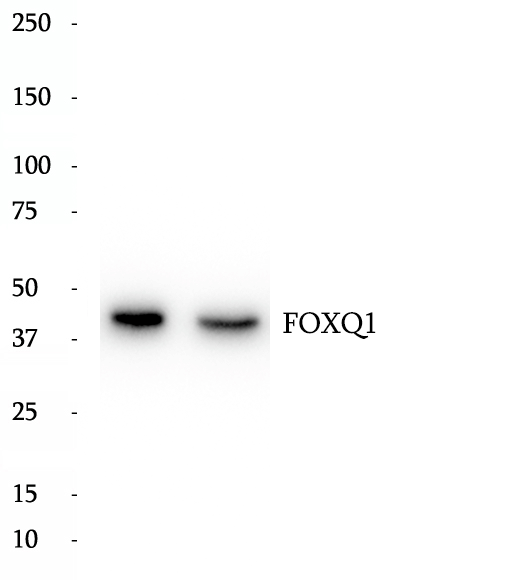
 antibody.gif)
 antibody.gif)
 antibody.gif)
